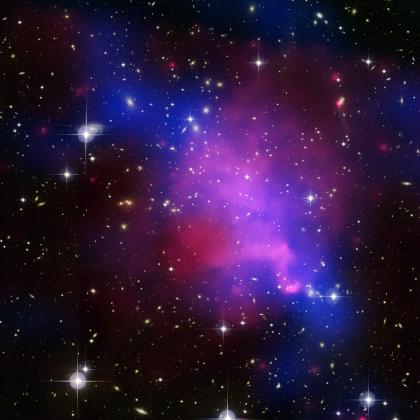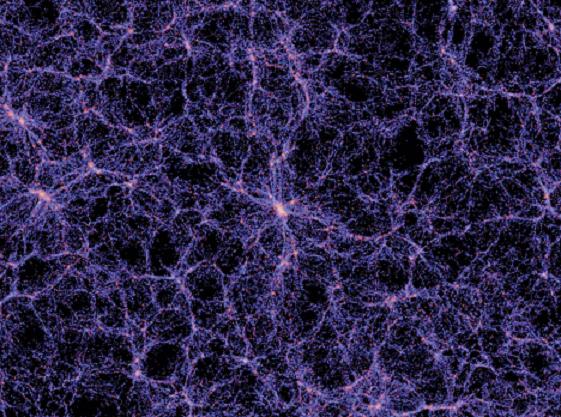
NOVA:
Last Extinction. (Hat tip: Anaconda).
Watch it
here.
"...
12,900 years ago a comet slammed into the Earth. This cosmic catastrophe would have devastated the great land animals."
"This lead to wildfires over great areas."
"The larger the animal the more devastating the effects of this would have been. It would have been hell on Earth. And a very bad day."
Thus the extinction of the Biblical giants.
So how do the mathematicians react? By quoting Carl Sagan of course!
"...it's just extraordinarily improbable. And when you're making an extraordinarily improbable claim you need extraordinary evidence. And I haven't seen any extraordinary evidence." -- Mark Boslough, physicist, 2009
Hmmm. So I guess mass extinction of giant megafauna isn't extraordinary evidence? What would constitute extraordinary evidence?
"You have improbability stacked upon improbability. We're talking about something that may happen only once in the entire age of the Earth." -- Mark Boslough, physicist, 2009
So what left giant impact craters all over the face of the Earth? And what wiped out the dinosaurs? And what caused the KT boundary? These science deniers are hilarious. It's amazing they're employed.
"And I have a hard time accepting something like that happened that recently." -- Mark Boslough, physicist, 2009
So what wiped out the megafauna? The tooth fairy?
"It seems a little far fetched. There's a lot of species that did not become extinct which would be hard to explain why weren't they afffected if all these other large mammals were why weren't deer and elk and bear affected? Why did they survive?" -- Gary Haynes, archaeologist, 2009
Hmmm. OK ... so I guess that means that there are no impact craters on the Earth. No impact craters on the Moon. No impact craters on Mars. Shooting stars are mass hallucinations. The tooth fairy wiped out the dinosaurs. And the KT boundary is actually Dark Matter.





























